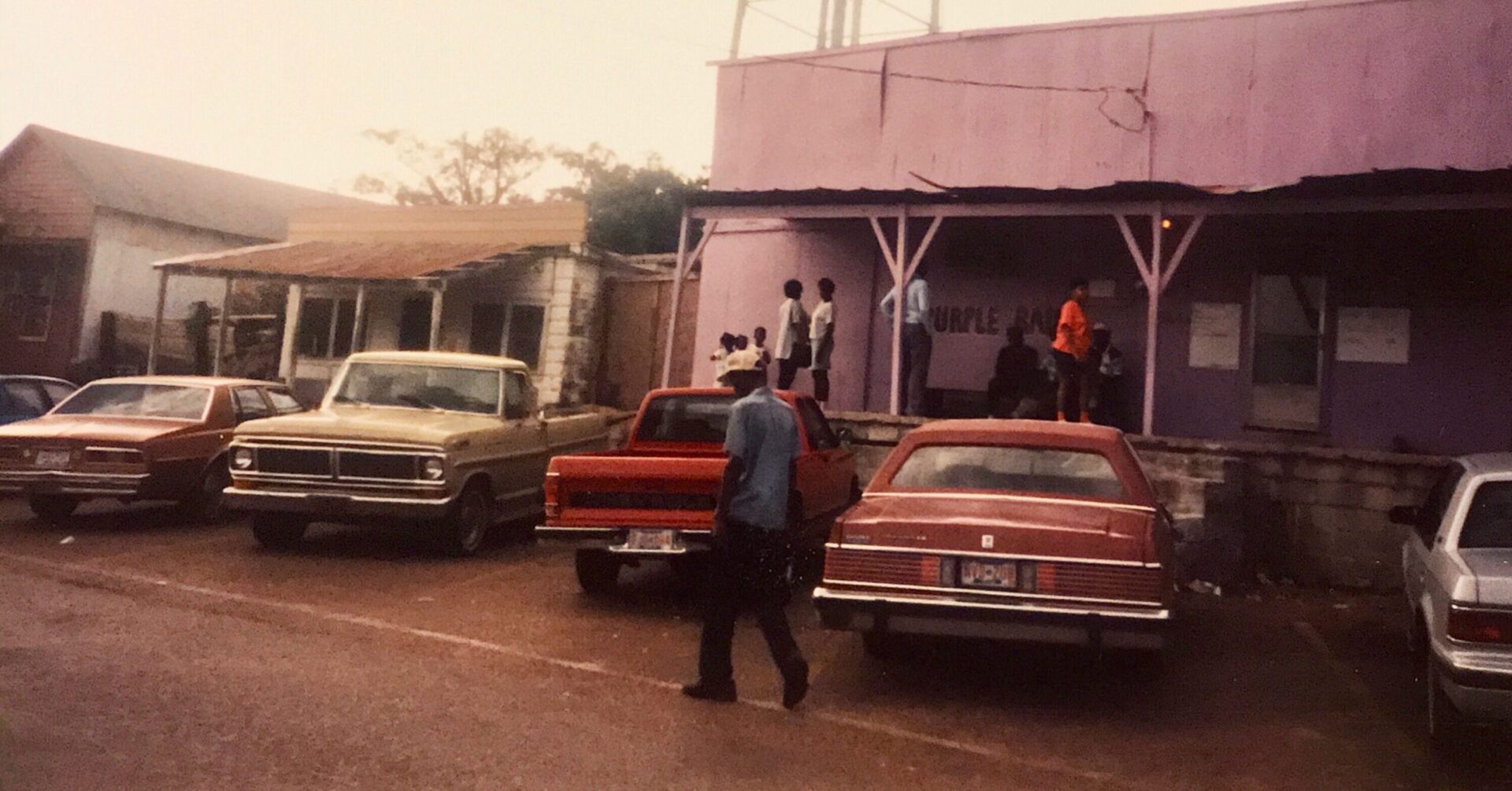To those unfamiliar with the hypnotic power of African-American fife-and-drum music, the sound is far more African than nearly any other form of traditional Black music in America. Tunes are rarely fast, but the rolling waves of sound produced by the bass and snare drums create a trance-like effect, and the fife, generally homemade out of bamboo or sugar cane, is played far differently from the traditional military or marching band usage.
The origin of such Black fife-and-drum bands is not at all certain. There is some evidence that Mississippi allowed Black drummers in the militia units even during the time of slavery. It is certain that during Reconstruction, many of the Black mutual aid organizations and lodges had drummers. Drummers are particularly mentioned in connection with processions of the Memphis-based Independent Pole-Bearers Society, which was a lodge. What appears evident, however, is that African-Americans in the post-Civil-War south saw in the fife-and-drum bands, with their patriotic and military associations, a “cover” for clandestine practices that seemed more African in nature. Observers at rural fife-and-drum picnics have described incidents in which dancers seemed to ritually salute the drums (a practice common in Haiti and West Africa), or in which the dancing seemed to take on something of a sexually suggestive nature (also found in Haiti and West Africa).
However, the African-American fife and drum tradition has been in steady decline since the first field recordings of such bands were made in the 1950’s. By the early 1970’s, only two places in the United States were known to have such bands, one in North Mississippi, and one in Georgia. By the 1980’s, the phenomenon could only be found in Mississippi, and by the 1990’s, only in Otha Turner’s family.
Despite the basic, sparse sound of bass drum, snares and fife, the Bristerfest crowd on Saturday loved every minute of the Rising Star’s performance. The rain had ended, and the crowd had grown to well over a hundred people.


























